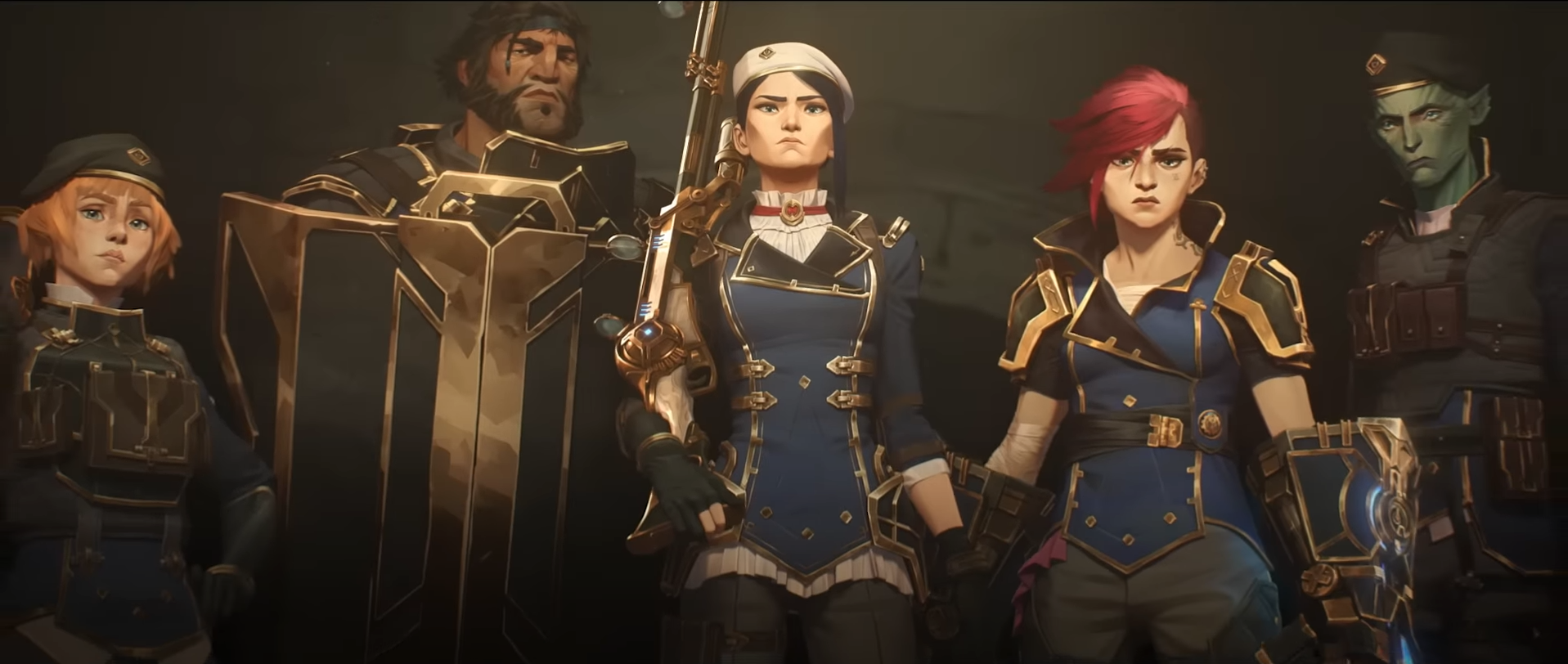
I've aimed to write this article without spoilers for Arcane season two, but I do make vague reference to some of its events—if you want to be completely unspoiled, don't read on!
As someone with a passable knowledge of League of Legends lore, when I first started watching Arcane, I didn't think it would have much in the way of surprises. Sure, we'd get more of a window into these characters' backstory than ever before, but it was all just heading in the direction of the status quo in LoL and its various spin-offs, right?
Yeah… no. If anyone was still harbouring that belief by the end of season one, season two will certainly have sunk it, with its wild changes to a few key characters and handful of emotional deaths. In fact, the opposite has proven to be true—the canon of the show has overridden the canon of the games in many instances now, with season two in particular heralding a controversial redesign of champion Viktor from cyborg supervillain into magical prophet.
As it turns out, all bets were off right from the start, with Riot granting the creative team huge freedom over the story—and even allowing them to kill off anyone they liked. That's according to Amanda Overton, who wrote on the first season and returned as an executive story editor on the second.
"Riot embraced whatever story we wanted to tell with any of the characters," she told our good friends over at GamesRadar+. "We were like 'Can we kill Jayce and Viktor?' 'Yes'. There were no limits to what we could do to make a good story, which was, in my opinion, absolutely the right choice for them to do, because we are adapting a game into a different medium, into television, and you want to be able to be free to make that version the best it can possibly be."

Though longtime fans may resent some of the changes made as a result, it's hard to argue with the results—the show has been an enormous hit, and a large part of that is the depth invested in the characters.
"That support from [Riot's] side really allowed us to make characters like this—complicated, interesting, dark, vulnerable—that had fates that we needed to decide what would be the most satisfying for the show, and not worry about what may or may not be interesting for a different medium," she says.
And apparently it was always the plan for that to reflect back into the game itself. Overton points to how "mobile, and moving, and changeable" League of Legends is as a key difference between Arcane and other videogame adaptations.
"It's updating all the time, it changes, it's a very nimble, changing game. And so there isn't a lot of opportunity to have an adaptation of a game to then also be able to change the game or adapt the game. The Last of Us can't do that, The Witcher can't do that. Any game adaptation that we've seen recently doesn't have that relationship with League that Arcane does."

Given that the story of Arcane, right up to the end of season two, was apparently planned as early as six years ago, that means Viktor's League of Legends redesign has likely been on the agenda for almost as long, as well as the various major transformations and deaths in the show.
On the other hand… how many of those fates do we actually think will stick anyway? Particularly when it comes to deaths, it seemed to me that for almost all of them, the door was left wide open for the character to return (or revert) if Riot ever needs them again.
Still, it's certainly interesting to see a TV show leading the way so strongly for a connected videogame universe. I don't know if I'm entirely convinced that the company is successfully uniting all of its canon yet, as it promised last year, but it's certainly being bold with it, no matter how many Viktor mains it upsets along the way.







